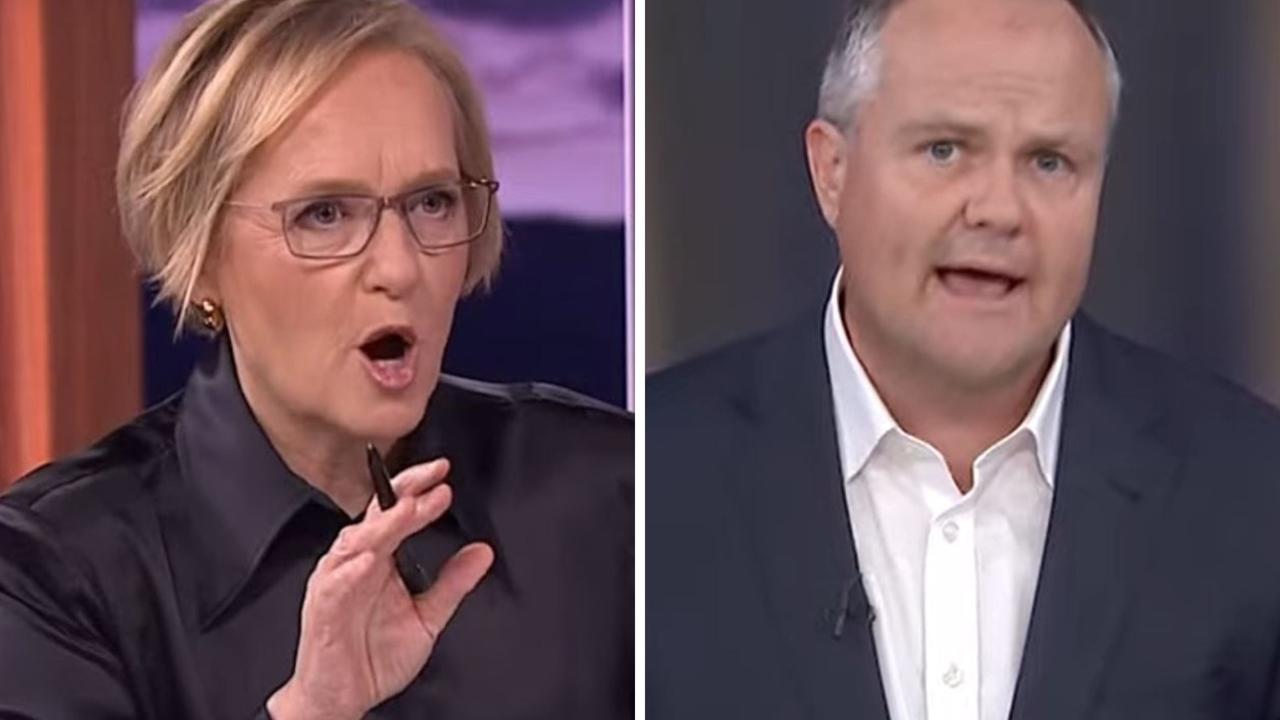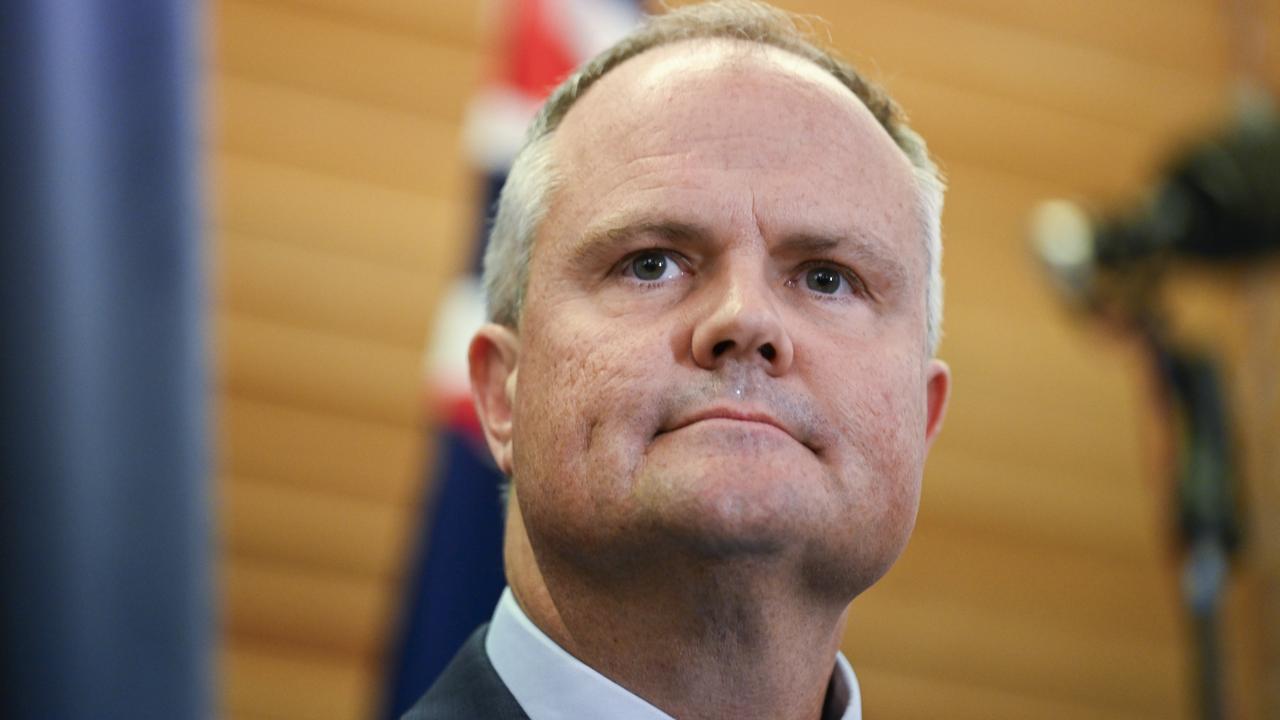Cost of living surge: don’t expect too much help from politicians
As households battle through an “unprecedented” surge in living costs, we take a deep dive into what it means for your future.

National
Don't miss out on the headlines from National. Followed categories will be added to My News.
Petrol and the pandemic have combined to dramatically raise Australians’ cost of living, and the price pain is likely to continue.
Ahead of the federal budget and election, politicians are under increasing pressure to find solutions to households’ expanding expenses but are so far delivering broad statements rather than big announcements.
Economists say many factors pushing up prices are beyond politics, such as the Covid-19 pandemic inflating the cost of goods globally and surging oil prices impacting fuel costs.
Petrol pump prices averaged $1.48 a litre in late 2021 and have recently eclipsed $1.90 in several capital cities. Fuel inflation flows through the entire economy.
A new report from the Australian Automobile Association has found average fuel costs climbed between $20 and $25 a week during 2021 to more than $80 in all capital cities, while overall weekly transport costs have jumped up to $70 amid higher insurance, loan repayments, servicing costs and other expenses.
“Rising fuel prices continue to be a significant contributor to cost of living pressures,” AAA managing director Michael Bradley said. He said government policies that further increased transport costs should be avoided.
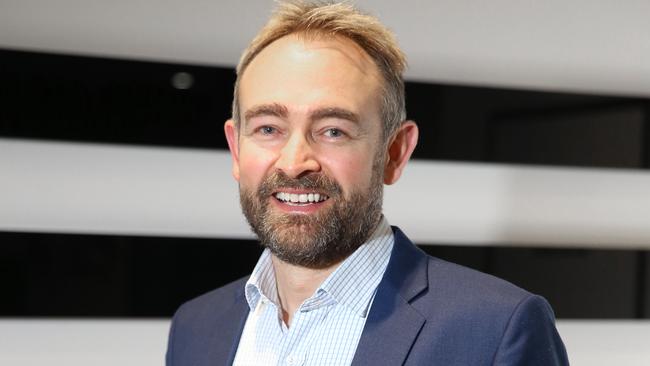
Households are struggling with cost rises across many other products.
Beef prices have spiked 35 per cent since late 2020, lamb prices are up 28 per cent in five years, rents have jumped 25 per cent in five years and 9 per cent in the past 12 months, and most other goods cost more as inflation rises at 3.5 per cent, its fastest rate in years.
Budgeting specialist David Rankin, founder of Sort My Money, said the across-the-board nature of cost-of-living rises was “unprecedented in recent times”.
“Nothing seems to be immune – they’re sweeping increases hitting all demographics and I think everybody is feeling the pinch,” Mr Rankin said.
AMP chief economist Shane Oliver said the pandemic had disrupted global production and supply right while demand for goods surged as people couldn’t spend on travel or services.
“Most countries are seeing an increase in the cost of living, and most are leaving it up to central banks to remove stimulus,” Dr Oliver said.
Many countries were raising interest rates and Australia’s Reserve Bank was likely to follow in August.
“Most governments are hoping the problem recedes as people go back to work and more spending rotates back to services,” Dr Oliver said.
Treasurer Josh Frydenberg said households had received more than $29 billion in tax relief since the pandemic started, “with $1320 on average flowing over the last six months alone”.
“In last year’s Budget we also made a $2 billion investment in childcare which will see an average household with two or more children in childcare more than $3,000 better off by the end of 2022-23,” Mr Frydenberg said.
“Under the Coalition electricity prices have fallen by around 10 per cent since December 2018 after doubling under Labor.”

Shadow Treasurer Jim Chalmers said Australians who were working hard “just aren’t getting ahead”.
“The costs of essentials like fuel, rent and childcare are skyrocketing at the same time as real wages are going backwards,” Mr Chalmers said.
“We have an open mind to other suggestions to lower the costs of living but Labor already has plans to lower power prices, make childcare cheaper and get wages growing again.”
ING Australia’s acting head of daily banking Matt Bowen said rising rents were affected by several factors.
“Record property prices have made it harder for first-home buyers to get on the property ladder so many are continuing to rent for longer,” Mr Bowen said.
“And, with borders reopening, there are also ex-pats returning home and international students and new migrants arriving and driving up rental competition.”
Mr Rankin said he did not think the government could do “anything meaningful” to lower living costs.
“I think politicians will promise, but they know they can’t deliver on this, and they know global forces are at play.”
Britain is suffering an energy crisis with inflation at a 30-year high of 5.5 per cent and tipped to soar to 8 per cent, while US inflation is running at a 40-year high of 7.5 per cent.
WHAT TO EXPECT IN THE ELECTION LEAD-UP
• Economists say politicians have little power to affect global forces such as oil prices, shipping costs and supply chain squeezes
• However, there can be tweaks to ease cost pressures or put extra money in people’s pockets and we are likely to see announcements in the March 29 budget and election campaign.
• The Coalition is considering cutting beer excise on kegs from $70 to $35 in a measure that would cost $153 million a year, but the government says it does not comment on budget speculation.
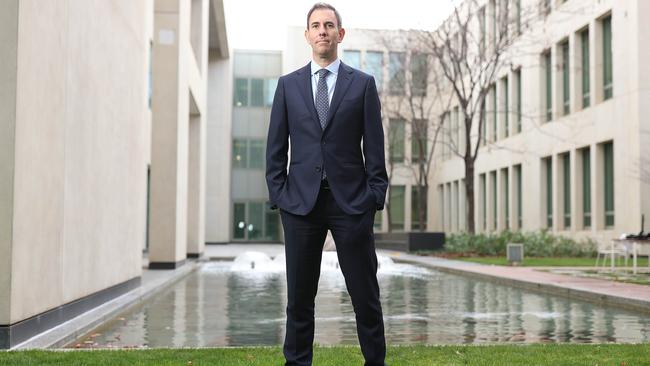
• Prime Minister Scott Morrison was recently asked about freezing the fuel excise, like the Howard Government did in 2001, but did not directly answer the question. The excise remained at 38.1c until 2015 when indexation returned and this month it rose 0.9 per cent to 44.2c a litre.
• Treasurer Josh Frydenberg says the government is providing tax relief to individuals and small businesses, has helped keep electricity prices lower, and is assisting households with lower childcare costs.
• Shadow Treasurer Jim Chalmers says Labor’s Powering Australia plan will cut power bills for homes across the National Electricity Market by $275 annually by 2025, and Labor will make childcare cheaper for 97 per cent of families in the system.
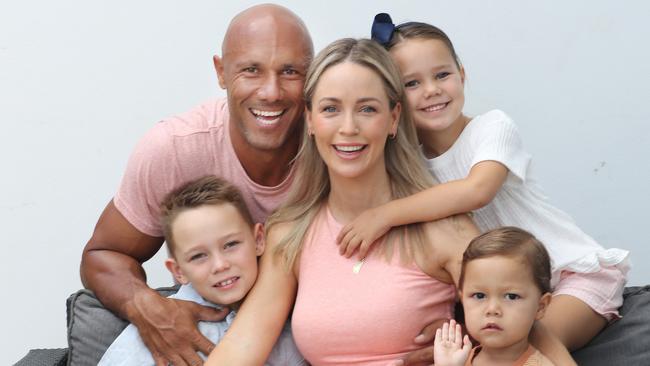
TRANSPORT COSTS A TALE OF SEVERAL STATES
Petrol prices have skyrocketed to $2 a litre in some state capitals as the Ukraine crisis intensifies, and other cities are closing in fast on this record-high barrier.
Most capitals have petrol price cycles where pump prices for unleaded fuel regularly fluctuates by more than 30c a litre, and the February surge is not even reflected in new Australian Automobile Association data that shows average household transport costs increased by up to $70.18 a week in 2021.

In New South Wales, NRMA spokesman Peter Khoury said Sydney residents faced the nation’s highest transport costs of $485.13 a week.
“We are not surprised by this result – Australians are now paying the highest fuel prices on record and it is clearly hurting family budgets,” Mr Khoury said.
Victoria had the second-highest transport costs nationally. RACV head of communications and engagement Andrew Scannell said Melbourne’s average weekly fuel costs were $82.14 in 2021 and Geelong was $99.94.
RACQ head of public policy Susan Furze said Queensland motorists were paying $83.64 a week, up $20 in a year, while in South Australia RAA spokesman Mark Borlace said fuel prices rose 40 per cent between late 2020 and late 2021.
Households in Tasmania paid the highest proportion of household income towards transport costs, said RACT chief advocacy officer Garry Bailey.



